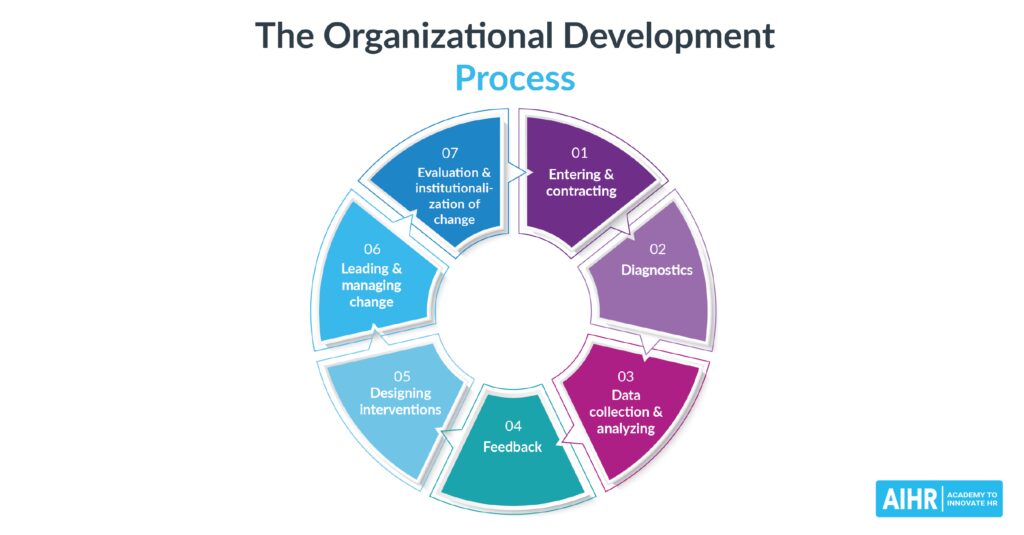Creating a game involves a rigorous development process that starts with the game concept, followed by planning and brainstorming to create a game design document (GDD), which outlines the game’s objective, target audience, gameplay mechanics, and storyline. Developers then move to the prototyping phase, where they use tools and frameworks to create a basic working model of the game, incorporating necessary changes and eliminating bugs. Popular game development frameworks like Unity and Unreal Engine streamline the game development process, enabling developers to create 2D or 3D games with stunning graphics and physics effects. Market research and testing are then conducted to gauge the game’s market reception, followed by further polishing to deliver an exceptional gaming experience.
From Concept to Game: The Development Process Involving Tools and Frameworks
Creating a game from scratch means undergoing a rigorous development process that involves detailed planning, skilful implementation, and strategic marketing efforts. The process begins with the game concept, which encapsulates the game’s idea, target audience, and core gameplay mechanics. Developers spend ample time in research, brainstorming, and focus groups to settle on the final game concept. Once the idea is finalised, the actual development process begins, involving various tools and frameworks that streamline the process towards creating a finished, polished game.
Planning: The Foundation of Game Development
Before diving into the game development process, game developers begin by carefully planning, documenting and brainstorming the game concept. Planning primarily involves defining the game’s objective, target audience, gameplay mechanics, and storyline, creating a game design document (GDD) outlining these details. A GDD is a comprehensive guide detailing everything about the game such as gameplay mechanics, characters, world, user interface (UI), visual design, and audio effects, allowing the development team to work collaboratively towards a shared vision.
Prototyping: Building the Framework
After laying the groundwork by outlining the game design details, developers begin the prototyping process, creating the game’s framework using various tools and frameworks. During this phase, developers create a basic working model of the game that showcases the core gameplay mechanics and the game’s overall look and feel. By prototyping, developers can identify and incorporate necessary changes and refine designs to improve gameplay and eliminate any bugs or errors.
Unity: A Popular Game Development Framework
Unity is a cross-platform game development framework that has gained popularity due to its flexibility, scalability and ease of use. It is a powerful game engine that provides various tools and resources that streamline the game development process, enabling developers to create 2D or 3D games with stunning graphics and physics effects.
Unity provides built-in features such as scripting and game objects, which facilitate game development without the need for advanced code-writing skills. Its flexible user interface (UI) enables seamless integration of third-party tools, which, in turn, can be used to optimise various game development tasks. Additionally, Unity’s asset store provides a plethora of resources, allowing developers to utilise predefined tools and sample assets that can be modified to suit the game’s needs.
User Interface (UI) Design: Creating Seamless Gameplay Experience
Game developers understand that the user interface is a crucial component in enhancing the player’s gaming experience, and as such, must be well designed to prevent non-intuitive interruptions. It involves creating appealing, intuitive, and interactive interfaces for different game mechanics, such as menus, tutorials, settings, and dialogues. UI design includes tasks such as creating sketches, wireframes, and prototypes, which are finalised through collaborative feedback.
Unreal Engine: Another Popular Game Development Framework
Unreal Engine is a popular game development framework used by developers to create high-end games with exceptional graphics and realistic physics effects. It provides a range of features and tools, including blueprint scripting, animation systems, visual effects, and artificial intelligence (AI) systems.
Unreal Engine minimizes coding complexities, allowing developers to create complex game interactions without advanced coding knowledge. It provides an intuitive, visual scripting option known as Blueprints, which provides a human-friendly interface that allows non-coders to design game logic through drag and drop functions.
Market Research and Testing: Ensuring a Polished Game
After creating a functional prototype using various tools and frameworks, developers conduct market research and testing to gauge the game’s market reception. Testing involves a range of options, including alpha testing and beta testing, which provides feedback on the game’s bugs, UI, gameplay mechanics, and overall appeal. After ironing out any issues, developing teams then apply further polish, adding finishing touches to the game’s visual and audio effects, storyline, and game mechanics to ensure an outstanding gaming experience.
In conclusion, creating a game involves extensive planning and well-coordinated efforts to deliver an exceptional gaming experience. With various tools and frameworks, developers can streamline the development process, allowing them to create polished games with ease. Tools such as Unity and Unreal Engine provide developers with a vast array of features and resources that enable collaboration and fast-track the game development process, ensuring that gamers receive the desired immersive gaming experience.
